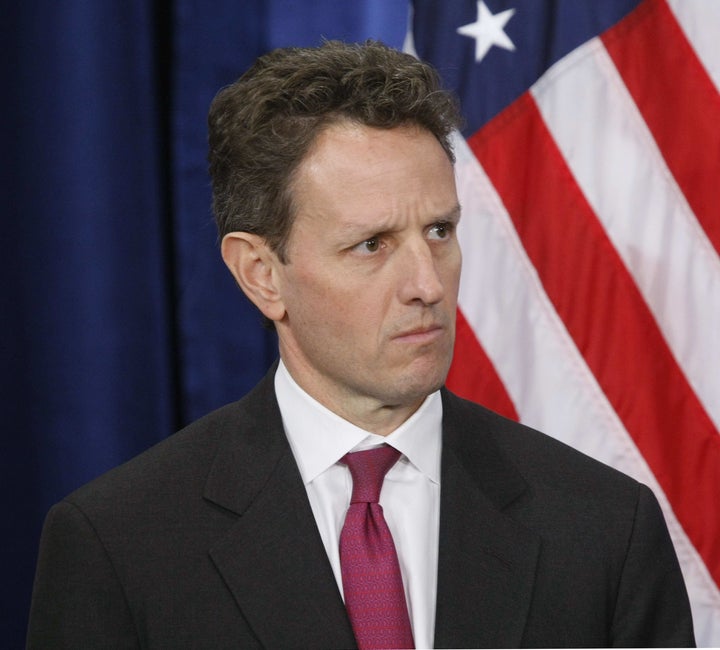
In ten mere months, the Dow has rallied 62%, from 6,547 to 10,610. The rally is nearly as dramatic as the decline that preceded it. Though the Dow has a long way to go to return to 14,000, the recovery in markets is the largest relative to its short duration since the 1930's.
Will it continue?
Rallies cannot continue forever unchecked. Though recovery rallies tend to last a year or two, at some point they falter into one large step backwards, usually half as ugly as the prior decline.
Some examples of recovery rallies and the following downturns:
1974-1978: a rally of 76% followed by a downturn of 27%
1978-1982: a rally of 38% followed by a downturn of 24%
1987-1990: a rally of 73% followed by a downturn of 21%
These secondary selloffs are typically fast and contained. The downturns above lasted an average of six months. But they are very real bear markets, not simple corrections, and their pain is intense.
Such selloffs tend to occur once complacency has returned to the market and the panicked pricing of the primary collapse has become a distant memory. This enables the market to suck in vast amounts of cash from late entrants, who've been waiting on the sidelines for the market to once again "feel safe." Once they return, and the last marginal buyer has come forward, the market falls.
These investors tend to get doubly burned by their return to the market, as their fledgling courage is soon answered with a terrifying new salvo of market carnage.
Given that a new decline is likely, the obvious question is -- when? The only honest answer is: no one knows. Though pundits and traders won't hesitate to time the downturn, they have no logical basis for their actions. Short-term market fluctuations are random and unknowable. If the past two years have taught us anything, it's that market movements are divorced from the real economy: the market is a "discounting" mechanism, estimating future cash flows and discounting them to adjust for the time value of money. It doesn't care about the here and now, only the future. Thus, it tends to recover long before the real economy, as it did in the year past.
Since only a charlatan can answer the question of when with conviction, a timing strategy, whether it be via options or moving to cash, is dangerous for people with retirement plans and goal -- where a wrong turn can prove disastrous.
We believe it's better to make decisions based on relative valuation, selling overvalued sectors and securities and reinvesting the proceeds into undervalued ones. This is a strategy agnostic to when the market or a stock will turn, but cognizant of the fact that it eventually will. It's a truism of markets that some sector is always left behind by any rally or overly punished by any selloff.
A year ago we were adding to financials. Now we're adding to consumer staples, via the XLP (an exchange traded fund, or ETF) that owns household names like Procter & Gamble, Colgate, Kraft and Walgreens. These stocks were abandoned by the massive rally in financials and cyclicals and now yield an average of 2.5% -- a very healthy dividend rate in this low interest rate environment. Even if these reasonably safe stocks do nothing for a decade, their return would beat CD's, money markets, short duration government bonds, and cash.